Hey everyone, it’s your Bitcoin buddy here. Lately, I’ve been getting DMs like: “Which exchange should I use as a newbie?” or “Why do some traders get rekt with futures while others profit safely via OTC?” Today, I’ll break down the 10 major exchange types, their pros/cons, and hidden risks in 2000+ words of pure value. Whether you’re a hodler, arbitrageur, or leverage junkie, this guide will help you find your perfect match.
1. Centralized Exchanges (CEX): The "Supermarkets" of Crypto
Key Traits: Highest liquidity, user-friendly (e.g., Binance, OKX). Your coins are held in custodial wallets—fast trades but centralized risk.
Best For: Spot traders, high-frequency traders
Top Picks: Binance (spot king), OKX (futures dominator)
Pro Tip: Never store all funds on CEX—cold wallets win long-term.
2. Decentralized Exchanges (DEX): Your Keys, Your Coins
Key Traits: No KYC, peer-to-peer swaps (e.g., Uniswap, Sushiswap). You control assets, but Ethereum gas fees can be brutal.
Best For: DeFi degens, privacy maximalists
Hack: Use BSC-based DEXs (PancakeSwap) to slash fees by 90%. Watch for scam tokens!
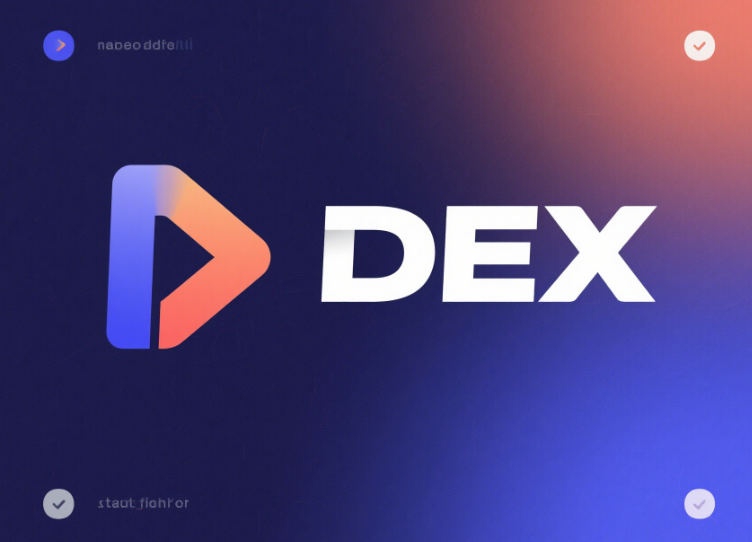
3. OTC Platforms: Big Money’s Backdoor
Key Traits: Direct fiat-to-crypto trades (bypassing banks). Huobi OTC once did $1B+ daily—now plagued by frozen accounts.
Best For: Miners, whales
Survival Rule: Only deal with "T+1 escrow" sellers. Meetups? Bring muscle.
4. Futures Exchanges: 100x Leverage = 100x Pain
Key Traits: Derivatives like perpetual/quarterly contracts. BitMEX pioneered this "rekt factory."
Best For: High-risk gamblers (with strong stomachs)
Golden Rule: Avoid funding rate spikes; track contract expiry dates.
5. Fiat-Friendly Exchanges: The "Regulated Playground"
Key Traits: Licensed (e.g., Coinbase in US, Upbit in Korea). Easy fiat ramps but strict KYC.
Best For: Compliance-focused traders
Fun Fact: Japan charges 10% "consumption tax" on withdrawals; Germany taxes $0 for BTC payments.
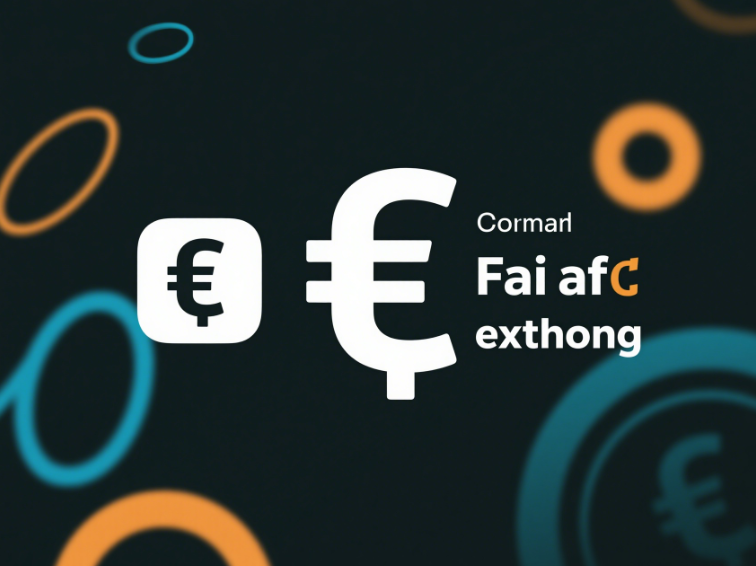
6. Decentralized Derivatives: DeFi’s Wild West
Key Traits: Trade options/leverage on-chain (dYdX, GMX).
Best For: Smart contract wizards
Pro Move: Flash loan arbitrage—profitable if you don’t get liquidated.
7. Aggregator Exchanges: The Price-Sniper’s Tool
Key Traits: Scan multiple DEXs for best rates (1inch, Matcha). Saves 0.5-2% on slippage.
Best For: Cross-platform arbitrage
Strategy: Split large orders to avoid front-running.
8. Regional Exchanges: Local Giants, Global Gaps
Key Traits: Serve niche markets (WazirX in India, YellowCard in Africa). Regulatory risks but arbitrage opportunities.
Best For: Geo-arbitrage hunters
Warning: Factor in FX controls before exploiting price gaps.
9. Quant Trading Platforms: Code Your Way to Profits
Key Traits: API trading, grid bots (Pionex, Binance Auto-Invest).
Best For: Algorithmic traders
Settings: Martingale for sideways markets; trend-following for rallies.
10. Hybrid Exchanges: The Best of Both Worlds?
Key Traits: CEX speed + DEX self-custody (e.g., Backpack, FTX’s successor).
Best For: Indecisive traders
Reality Check: Faster than pure DEX but liquidity lags behind Binance.
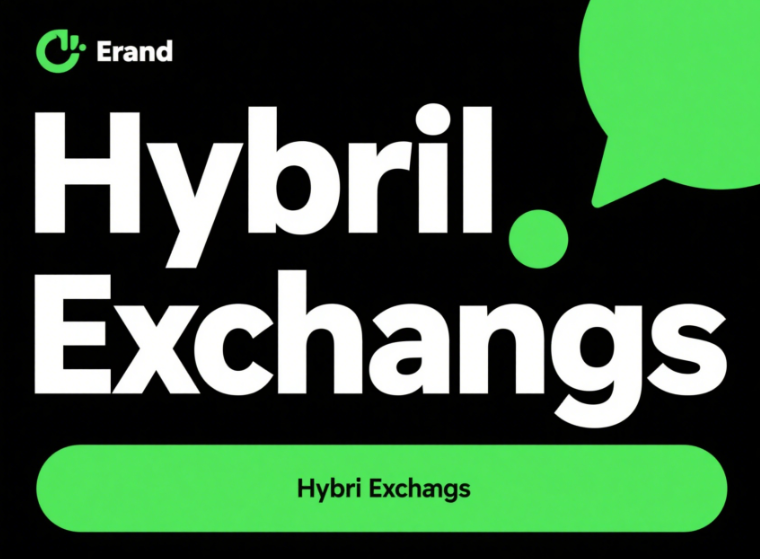
3 Golden Rules for Choosing Exchanges
Security > Returns: Check hack history (e.g., Bitfinex’s 120K BTC theft in 2016).
Match Your Needs: Hodlers need cold storage; scalpers need low fees.
Regulation Matters: Avoid SEC-blacklisted platforms; prefer Hong Kong/Singapore licenses.
Final wisdom: In bull markets, chase gains on exchanges; in bear markets, survive in cold storage. Want a deep dive on avoiding frozen accounts or blacklisted platforms? Comment below!












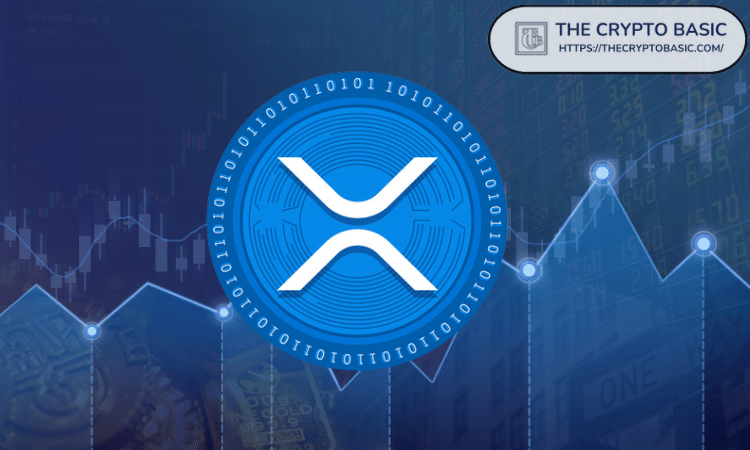
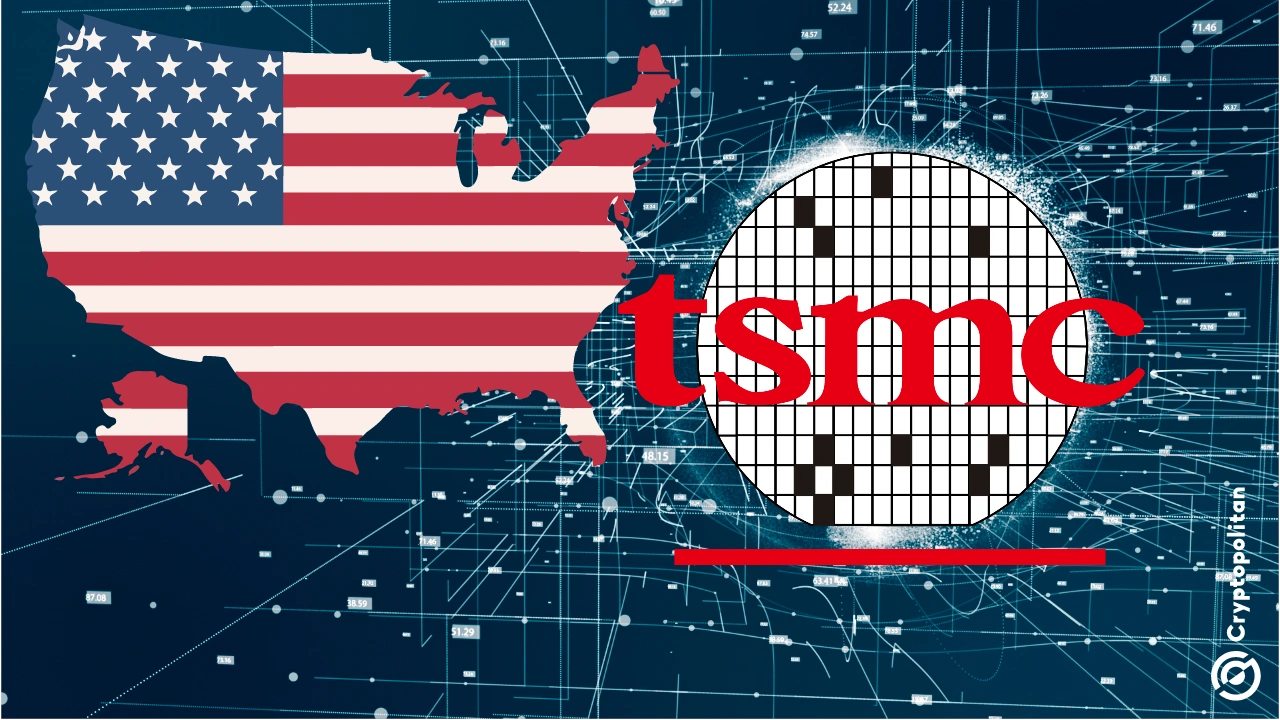


No comments yet